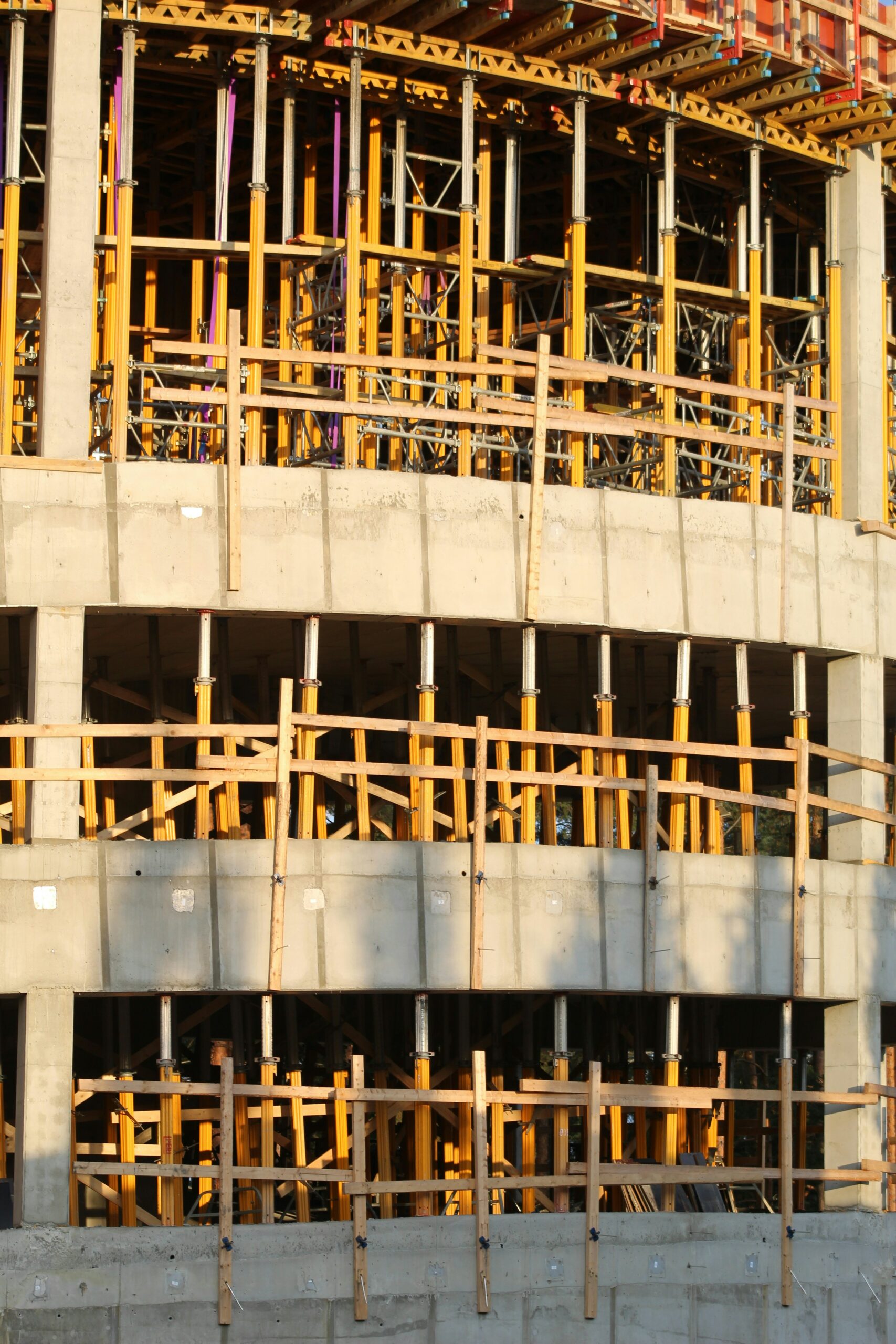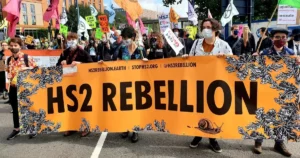In the high-stakes world of construction and major infrastructure projects, joint ventures (JVs) are often the key to success. By combining multiple entities’ expertise, resources, and strengths, JVs provide the competitive edge to tackle complex projects such as rail systems, airports, and intelligent urban developments.
However, these ventures also face unique strategic challenges that require rigorous planning and risk assessment. Strategic frameworks like PESTLE and Porter’s Five Forces are essential tools that help JVs in construction and infrastructure projects navigate the complexities of the external environment, assess market competition, and mitigate risks.
By applying these frameworks, project stakeholders can make informed decisions and increase the chances of achieving project success.
PESTLE analysis
- political factors
- economic factors
- societal factors
- technological factors
- legal factors
- environmental factors
PESTLE, which stands for political, economic, social, technological, legal, and environmental factors, is a framework for evaluating the macro environment’s impact on a project. Understanding these factors is essential for aligning project goals with external conditions in construction and infrastructure projects, where large-scale investments are at stake.
- Major infrastructure projects rely on government support and are subject to regulatory approvals. Recent examples include the HS2 high-speed rail project in the UK, which has faced political hurdles and changing government support. Understanding the political landscape and regulatory requirements ensures compliance and smooth project progression for joint ventures.
- Construction projects are susceptible to economic conditions such as inflation, interest rates, and material costs. In a JV, local economic growth, exchange rates, and financing costs affect the overall budget and return on investment. For instance, fluctuating steel prices have recently impacted construction costs globally, stressing the importance of economic analysis in the early planning stages.
- Understanding local social conditions and workforce demographics can help joint ventures plan labour sourcing, community engagement, and project design that aligns with public expectations. For example, the Crossrail project in London benefited from public consultations, which addressed local concerns and gained community support—a critical factor in maintaining project momentum.
- Assessing technological factors is crucial in a world where digital transformation is advancing rapidly. Building Information Modelling (BIM), AI, and automation tools can significantly enhance project efficiency and accuracy. Joint ventures that proactively integrate new technologies improve project outcomes and stand out competitively.
- Construction and infrastructure projects are highly regulated, making legal considerations vital. From permits to labour laws and environmental regulations, JVs must ensure compliance with all legal requirements. The collapse of the Carillion JV in the UK highlighted the consequences of poor risk management and non-compliance, underscoring the need for rigorous legal due diligence.
- Sustainability is becoming increasingly central in construction. Joint ventures considering environmental impacts—from waste management to carbon emissions—are more likely to secure public support and meet regulatory standards. Projects such as Australia’s Snowy Hydro 2.0, a large-scale hydroelectric expansion, exemplify JVs prioritising environmental considerations.
Porter’s Five Forces
- threat of new entrants
- bargaining power of suppliers
- bargaining power of buyers
- threat of substitutes
- competitive rivalry
While PESTLE provides a broad view of external factors, Porter’s Five Forces analysis focuses on the industry’s competitive environment. This framework helps JVs understand the forces shaping competition and market attractiveness.
- Infrastructure projects often have high barriers to entry due to capital requirements, technical expertise, and regulatory approvals. Understanding these barriers helps joint ventures evaluate the potential for new competition.
- The availability of materials like concrete and steel and the reliance on specialist subcontractors can give suppliers significant power. For instance, during the COVID-19 pandemic, supply chain disruptions created major project setbacks. Assessing supplier power helps JVs plan for material sourcing and cost control.
- Clients (often governments or large corporations) have considerable negotiation power in infrastructure projects. Understanding buyer dynamics is crucial, especially in large-scale projects where clients enforce contract terms, service levels, and deadlines.
- Technological advancements, such as modular or 3D printing, offer alternative construction methods that may replace traditional techniques. By evaluating substitutes and technologies, JVs can identify emerging trends to adopt and maintain competitiveness.
- The construction industry is highly competitive, with numerous players bidding for lucrative projects. By understanding the competitive landscape, JVs can develop strategies to differentiate themselves, such as adopting innovative technologies or focusing on sustainability.
Using PESTLE and Porter’s Five Forces frameworks in joint ventures for construction and infrastructure projects provides a comprehensive view of external and competitive factors. These tools enable JVs to identify risks, align project goals with environmental conditions, and stay competitive in a complex market.
As seen with projects like HS2 and Crossrail, understanding macro and competitive dynamics allows joint ventures to build resilience, achieve project milestones, and deliver value that meets public and stakeholder expectations. Applying these frameworks is essential for navigating the complexities and achieving long-term success in infrastructure development.










